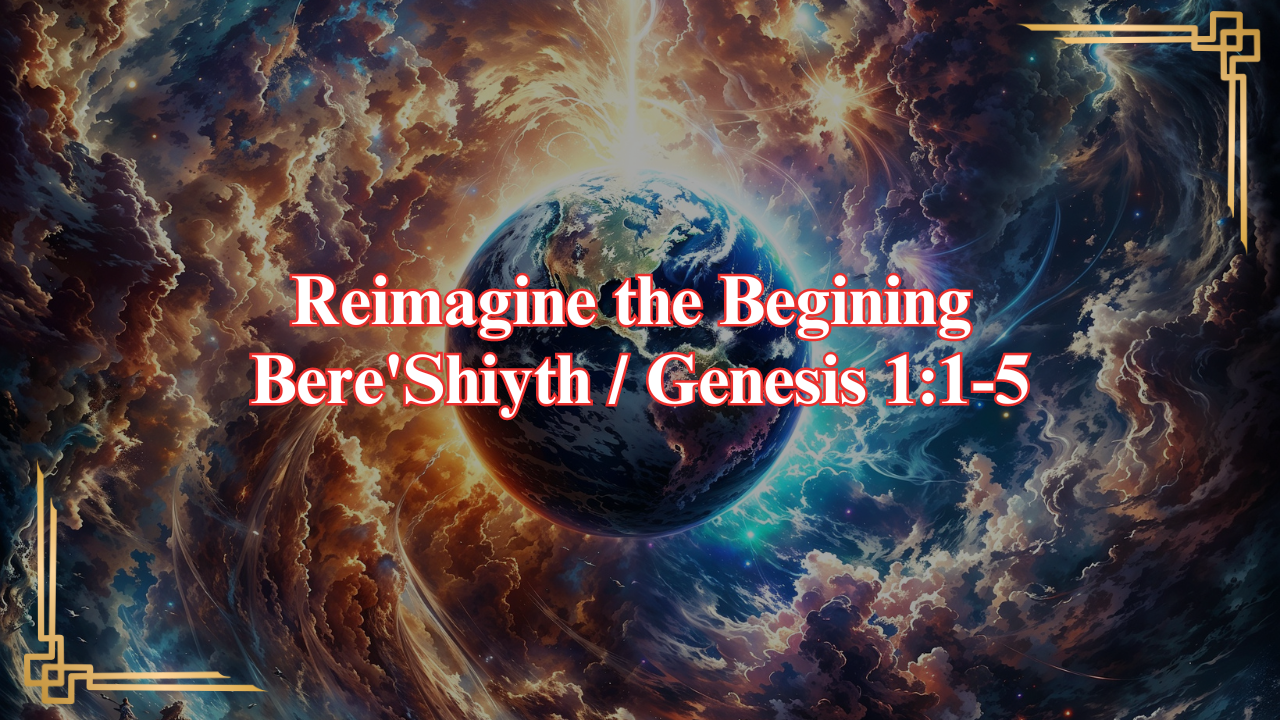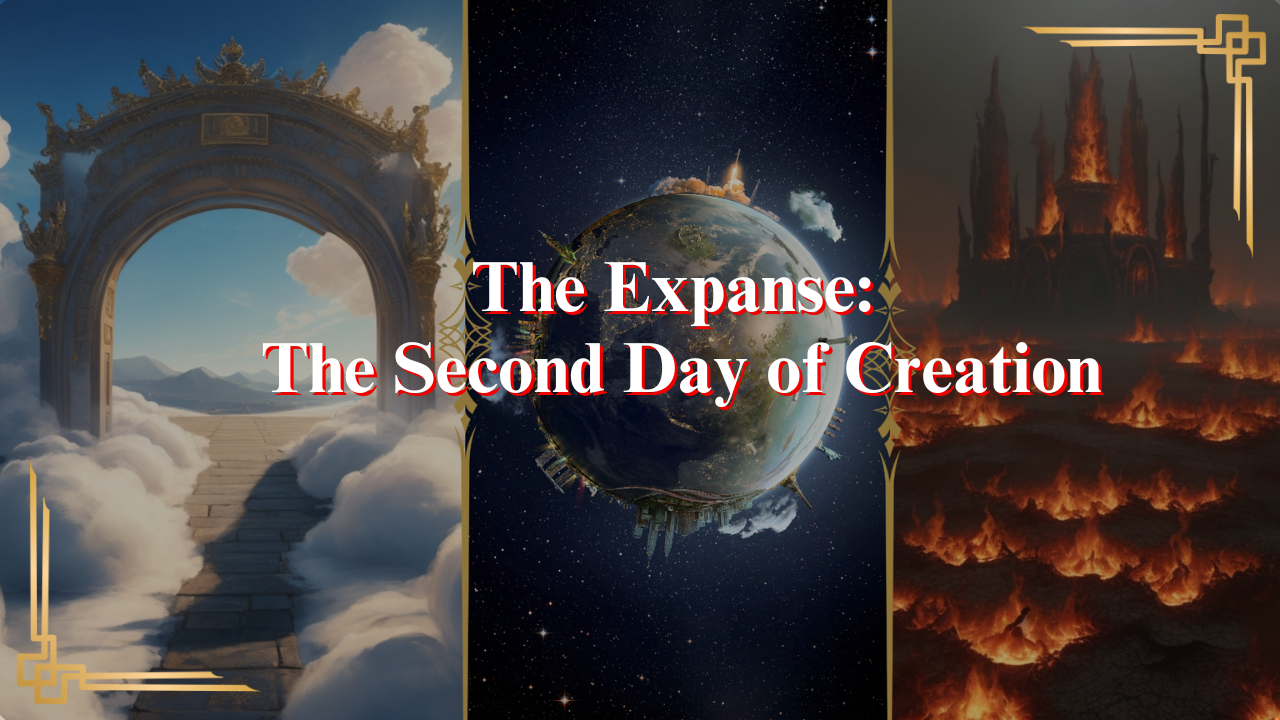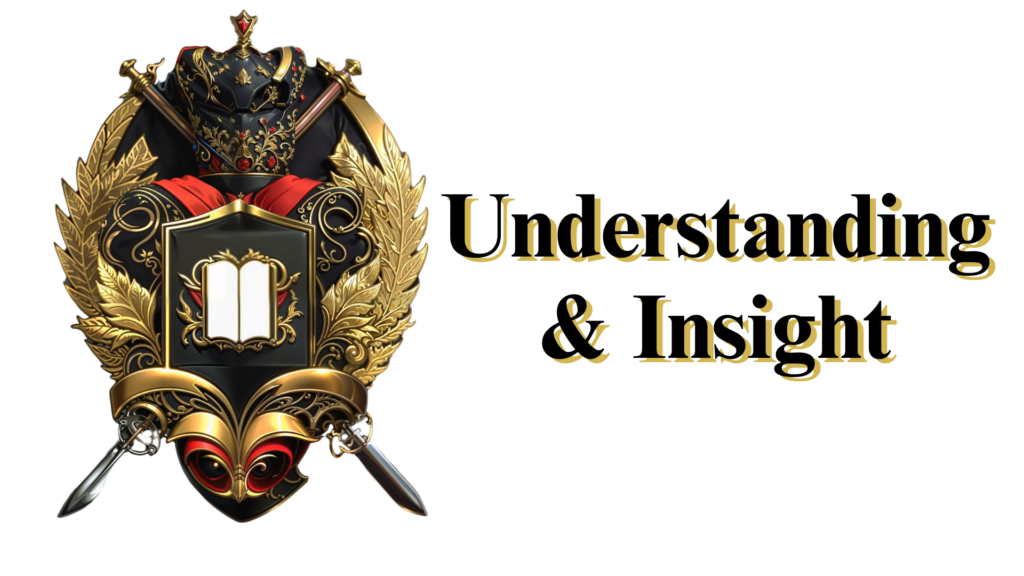Bere’Shiyth Genesis 1:1-5
Summary
This summary compares the translation of Genesis 1:1-5 across three versions: the Cepher, Septuagint, and 1560 Geneva Bible. It explores key differences in word choice and how those differences affect interpretation.
Genesis 1:1 – The Cepher uses “ELOHIYM,” while the other two versions use “God.” ELOHIYM, from Strong’s H433, refers to the supreme God but can also denote magistrates or a plural form depending on context. The analysis explains how understanding this term enriches comprehension of divine authority and nature.
Genesis 1:2 – Words like “unsightly” (Septuagint) vs. “without form” (other translations) and “void” vs. “unfurnished” highlight differing depictions of chaos and emptiness before creation. The analysis delves into the definitions of “form,” “void,” “darkness,” and “deep,” noting that this void represents not just physical emptiness but also a spiritual and intellectual absence. The “deep” is defined as an abyss and linked to darkness, which metaphorically holds dominion or power at this stage.
Genesis 1:3 – The “light” created by ELOHIYM is spiritual and intellectual illumination rather than physical light since the sun and moon haven’t been formed yet. This light represents understanding and order breaking through chaos.
Genesis 1:4 – ELOHIYM sees the light as good, meaning it has a favorable character, and separates it from the darkness (ignorance and wickedness). The distinction is between spiritual enlightenment and the chaos of ignorance.
Genesis 1:5 – “Day” and “Night” do not refer to a literal 24-hour period but are spiritual metaphors. “Day” symbolizes enlightenment and understanding, while “Night” represents ignorance and confusion. This concept is aligned with scriptural references like 2 Peter 3:8, which equates a day with a thousand years.
Key Concepts:
- ELOHIYM represents a supreme authority whose role in creation involves bringing order out of chaos.
- Light and darkness are metaphors for knowledge vs. ignorance, good vs. evil.
- The deep signifies a primal, chaotic void over which darkness had power until ELOHIYM’s intervention.
Application to Life:
The narrative encourages readers to discern between spiritual light (goodness) and darkness (evil), recognizing subtle shifts in their environment and relationships that reflect these forces. Life is seen as a test of moral character, where choices between good and evil have profound consequences.
Questions for Reflection:
- How has your understanding of ELOHIYM evolved, and how does it influence your relationships?
- Have you noticed differences between Bible translations? How did it shape your perception of scripture?
- Can you recall a time of spiritual enlightenment, and how did it transform your life?
- How do you interpret spiritual ‘day’ and ‘night’ in your journey of faith?












